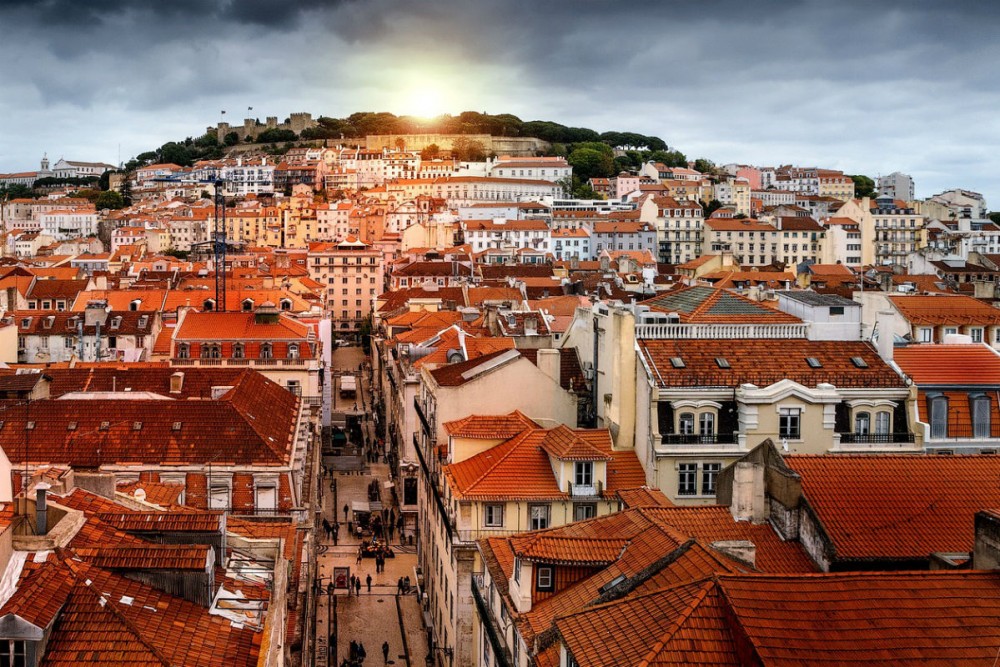Porto and the Douro River Valley, Portugal: Insider’s Guide
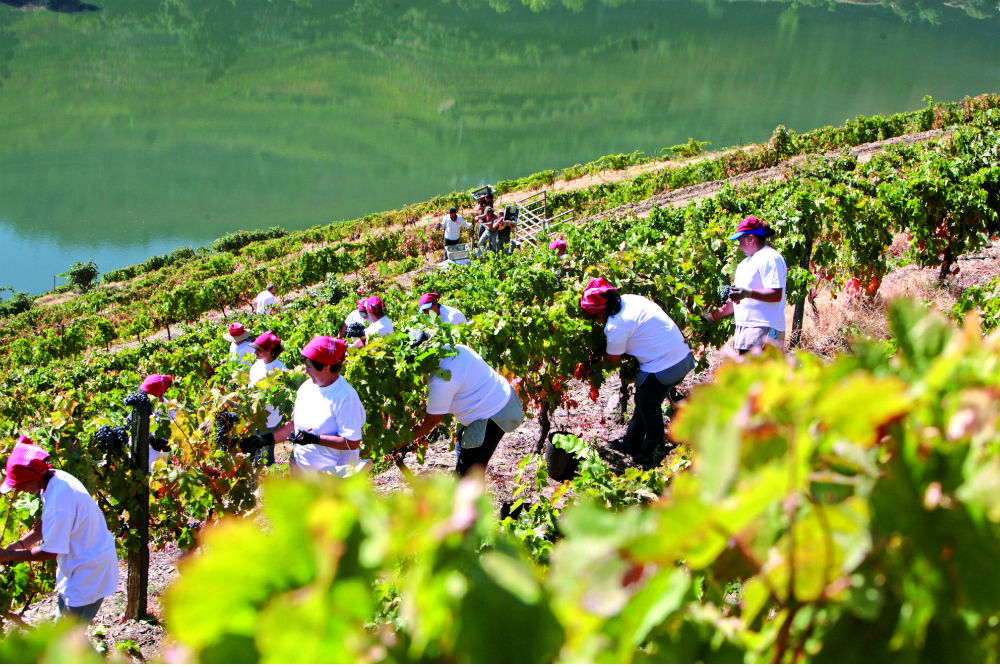 Harvesting grapes in the Douro Valley. Photo: Porto Tourism
Harvesting grapes in the Douro Valley. Photo: Porto Tourism
The insider advice on this page is from one of Wendy’s Trusted Travel Experts for Portugal: Gonçalo Correia of Tours For You.
Gonçalo, who lives in Lisbon, knows every nook and cranny of Portugal the way only a native who’s spent years guiding travelers around the country can. He brings that level of detail to his custom itineraries, revealing how the traditional and the cosmopolitan go hand-in-hand in Portugal. He specializes in the hidden gems—the wineries with excellent bottles for less than $10, the seaside villages that aren’t crowded with day-trippers—and is happy to book a wide range of accommodations, from small-town B&Bs to five-star palaces to rental villas and apartments that offer total privacy and more room to spread out. The special-access arrangements he can make enhance a trip without adding greatly to its cost.
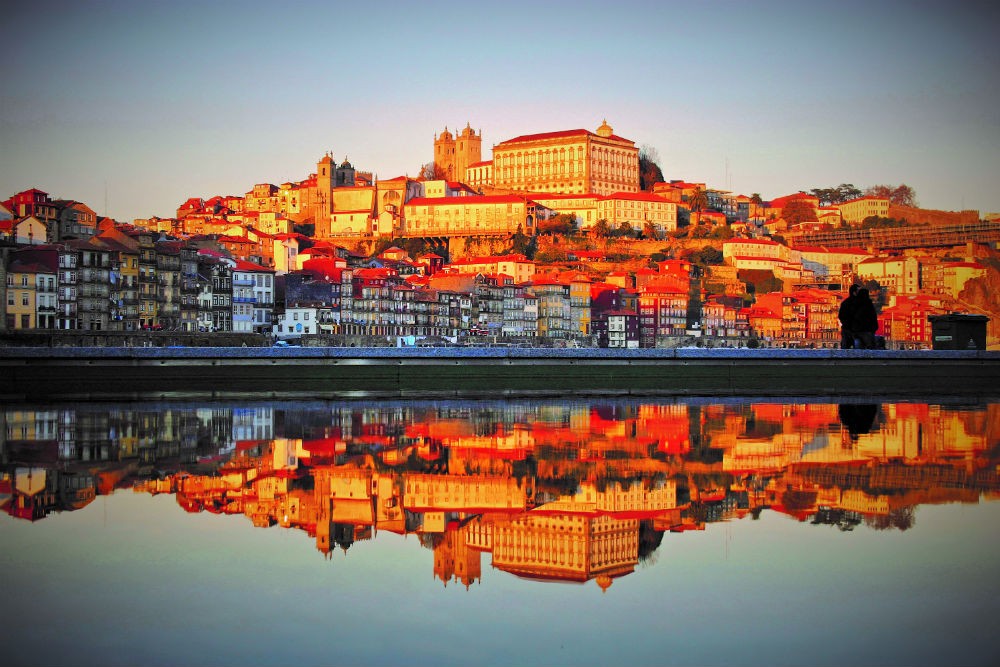
Porto’s Ribeira Square and the historic area around it are a UNESCO World Heritage Site. Photo: Ribeira Porto Tourism
Things to Do and See
Don’t miss
The town of Barcelos on a Thursday, when it hosts Portugal’s largest and liveliest open-air market. Every Thursday, vendors line up to sell just about everything you can possibly imagine, from wicker baskets to pottery, fruit, vegetables, antiques, linens, and more. The market is held in the old town center, so it’s a lot of fun to stroll history while doing some shopping.
Guimaraes, a short drive north of Porto, is one of the prettiest towns in Portugal. Its charming stone buildings sparkle from recent restorations. The Largo de Oliveira (main square) is the perfect place for a cool beer on a hot day. Nearby Braga and Viana do Castelo are also really quaint and idyllic.
Amarante, an idyllic village located just north of Porto. Its Igreja de São Gonçalo church is one of the most under-appreciated in Portugal (the best views of it are from the nearby São Gonçalo Bridge), and the historic hotel overlooking the church, Casa da Calçada, is a gem, as is its Michelin-starred restaurant.
The festival of Nossa Senhora da Agonia, in Viana do Castelo, is likely the most famous pilgrimage in the region, celebrated the weekend after August 15. This super-local festival includes a parade of young girls wearing family-heirloom gold necklaces, processions on the River Lima with decorated boats, the gigantones (giants) and the cabecudos (big heads) parade, and a costume festival.
Don’t bother
The Lello Bookstore. It’s beautiful, but people line up literally for hours just to get in, thanks to a rumor that it served as inspiration for the Harry Potter series (never mind that J.K. Rowling says she’s never been there). The owners have never bothered to correct this rumor; they display loads of Harry Potter merchandise and even charge a fee to enter.
While in the city of Porto, avoid the 50-minute river cruises. You will end up on a packed wooden boat with 50 or more people. If you don’t arrive early and wait in a long line, you will be last to board—so all the outside seats will already be taken. Inside, you get hardly any view, and in summertime it can be boiling hot.
Cheap thrills
Climb to the top of the Arrábida bridge in Porto. It’s the only bridge in Europe you can climb legally. There are stairs all the way to the top of the arch, and from there you have an impressive view along the Douro River to the Atlantic Ocean.
Visit Porto Legends, the Underground Experience, an immersive virtual presentation about the history of the city and the northern region. Featuring the voices of the great Portuguese author Pedro Abrunhosa and British actor Jeremy Irons, music, and graphic animations, this audiovisual experience brings the walls of the old Customs House to life.
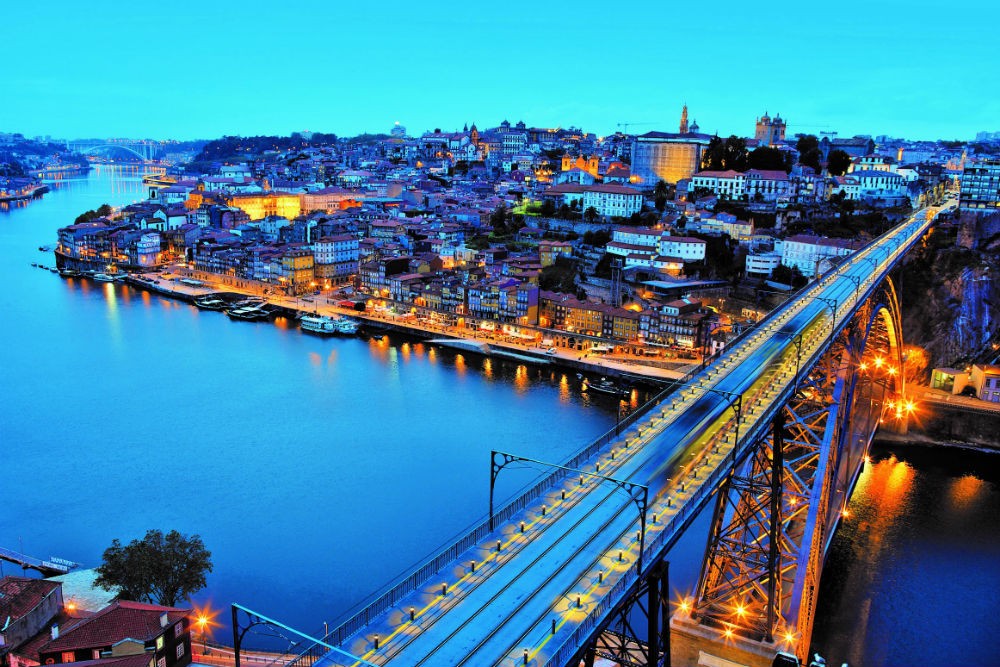
The Dom Luís I Bridge provides some of the best views of Porto. Photo: Porto Tourism
Downtime
Take a morning stroll along the Gaia-side riverbank, then head to the Yeatman Hotel for brunch and a treatment at their vinotherapy spa (open to nonguests, but you’ll need to make an appointment). The “barrel baths” have knockout views of Porto. Later on, walk across the top level of the Dom Luís I Bridge—which connects the hearts of Porto and Vila Nova de Gaia—for some of the best views of the city.
Where to Stay and Eat
Best bang-for-your-buck hotels
M Maison Particuliere is a family-owned boutique hotel set in a 16th-century building in Porto’s Old Town. Each room is different, but the classic décor features antique furnishings and marble baths. Some rooms offer balconies and city views. The hotel has a delicious, made-to-order breakfast and is a short walk to wherever you want to go.
Quinta Nova Winery House is a small, elegant manor house that boasts a fine in-house restaurant, Terracu, and superb wines produced at the onsite winery, built in 1764. Splurge for one of the rooms with a balcony overlooking the valley’s spectacular scenery and terraced vineyards. Set along a mile-long stretch of the Douro River, the Quinta Nova provides a genuine sense of place—this is why you came to the Douro Valley.
Restaurants the locals love
If you really want to eat like a local, head to a cervejaria for the local Francesinha, a sandwich with multiple layers of smoked meats and cheese, covered with a locally made hot sauce and normally served with fries. You’ll find them on any cervejaria’s menu, but the best versions are at Cervejaria Majara, where they top the sandwich with a giant prawn, and at Cufra, where it’s said that only three people know the recipe for the delicious hot sauce.
Solar Moinho de Vento (“Manor House of the Windmill”), in Porto, offers authentic Portuguese food and excellent service in a charming wood-beamed dining room. The owner is still in the kitchen cooking local specialities and preserving traditional recipes.
Dish to try
Peixe ao sal. Not to be confused with bacalhau, the ubiquitous salted cod, peixe ao sal is baked in a large dish filled with sea salt. The salt is cracked open and the moist fish (normally sea bass or dourada) melts in your mouth. Order this when dining in the Matosinhos district.
Meal worth the splurge
Casa de Chá da Boa Nova, from famous Portuguese chef Rui Paula, is about a 15-minute drive outside the city, in a building designed by Pritzker Prize winner Alvaro Siza; both the food and the dramatic views are simply amazing.
Prime picnic spot
If you are driving through the Douro Valley, there are a number of scenic vantage points with jaw-dropping views over the terraced vineyards and the river Douro. Most have picnic tables, so grab a bottle of wine and some cheeses in a local supermarket and enjoy the view.
Best Time to Go
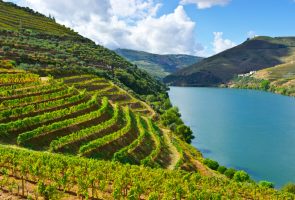
Late September and early October, which is typically the time for the grape harvest in the Douro. You can participate by picking grapes (more fun than it sounds) or—better yet—stomping the fruit à la I Love Lucy with your own two feet.
Worst Time to Go
November through February can be gray and rainy—and even without rain, the wine country isn’t as pretty when the vineyards are denuded. Many wineries close during the winter, particularly around Christmas and New Year’s. From December to February, the Douro can also flood, closing some roads and making getting around a headache.
Instagram Moment
Igreja das Carmelitas. This church in the center of Porto is covered with a striking pattern of blue and white glazed tiles that make for a great photo.
The Souvenir
Thirty-year-old port to share with your friends back home; Graham’s makes one of the best.
Biggest Rookie Mistake
Thinking you can experience the Douro Valley on a river cruise. Passengers on river cruise ships spend most of their time stuck on board and can visit only those wineries that are accessible by bus. They miss the small towns, the family-owned wineries without any parking for large vehicles, and the charming hotels with vineyards where you can enjoy wine from the barrel or even stomp the grapes during harvest.


